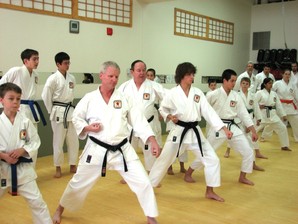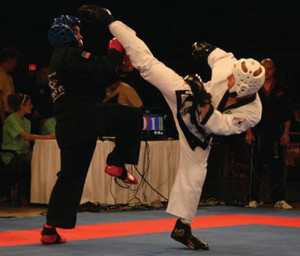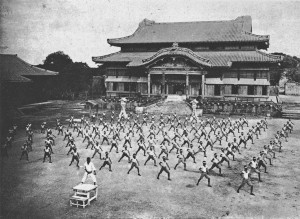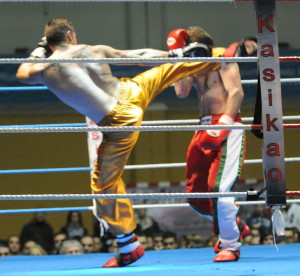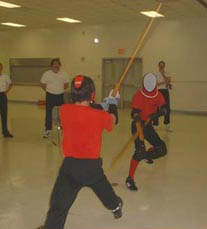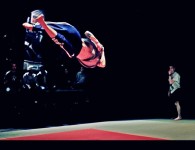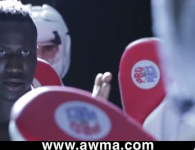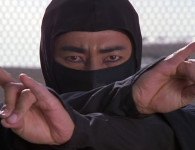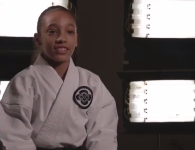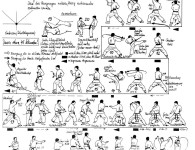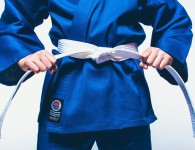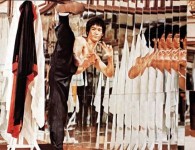In many traditional martial arts schools the practice of sparring is looked down upon. There’s a prevailing belief that sparring can develop bad habits in terms of form and function.
If you’re pulling punches, as you do in a point fight, that habit could be a costly one in a real encounter. How do you know if your technique is effective unless you’re throwing it full force.
In the other hand, in order to go all out, you would have to wear so much protective equipment that your form could suffer.
Both these arguments are nonsense.
When martial arts stopped being practiced for their battlefield application, be it because of peace or the invention of more effective weapons, many arts went underground.
They weren’t needed anymore. Sometimes they were even considered a threat.
Later they reemerged as systems of self development and health. The age of what we call now Karte-Do and Tai Chi was born.
Many systems lost their connection to their fighting roots. This is still evident in many schools today where if you pay close attention, you can tell the teacher doesn’t really know the application of the techniques. They have an idea but they don’t really know.
This sometimes forces the instructors to bring in other techniques that are based solely on combat. For example, you’ll see often the Kung Fu practitioner doing the forms in a traditional way but when it comes to fighting, they spar like a kickboxer.
They recognize the need for a realistic approach. There’s nothing wrong with that. Kickboxing is a great way to develop fighting skill. However, it’s not Kung Fu.
Some would argue that a fighting human body is just that and can only move in certain ways effectively. I would have to agree. But does every martial art look the same when engaged in a fight? I don’t think so.
Sparring and mock battles are an essential element of a martial artist’s development.
Some teachers would say that competing is too. This is certainly the case in some Brazilian Jiu Jitsu schools where competition is a requirement for advancement.
Tim Cartmell, the Neija master and BJJ black belt, once told me that competition taught him things about himself he wouldn’t have found out any other way.
When Jigoro Kano brought back free sparring, or “randori” to Jiu Jitsu the results where astounding.
Even when the art you’re practicing uses instruments as deadly as swords, we find a way to test our skill. Sparring was always a part of the fighting man curriculum.
Sword master John Clement’s says in one of his articles:
“It would seem such an incredibly natural thing to do, for two people practicing fencing, to say to one another, “Ok, we’ve done a lot of drilling in basic actions and exercising in delivering techniques and counter-techniques, let’s try our hand a little at putting it all together and test ourselves.” How else do you possibly prepare yourself to actually fight unless you first gauge in this way your own speed, strength, caution, and courage? What better way for students to test one another than to say, “Try to hit me” or “Defend yourself from my blows?”
Of course the thing to keep in mind is that a student without a proper foundation could develop bad habits from being pushed into the ring too early and not supervised.
Balance is key. Balance is an essential aspect of training as it is in life. A good grasp of the basics is crucial. Proper technique must be practiced and mastered before we can move on to the complexities of a live encounter.
However, testing your skill with a live, non cooperative opponent…there’s just no other way to get good at what the martial arts are supposed to be good at.

